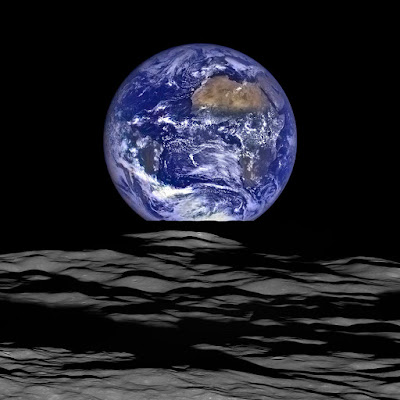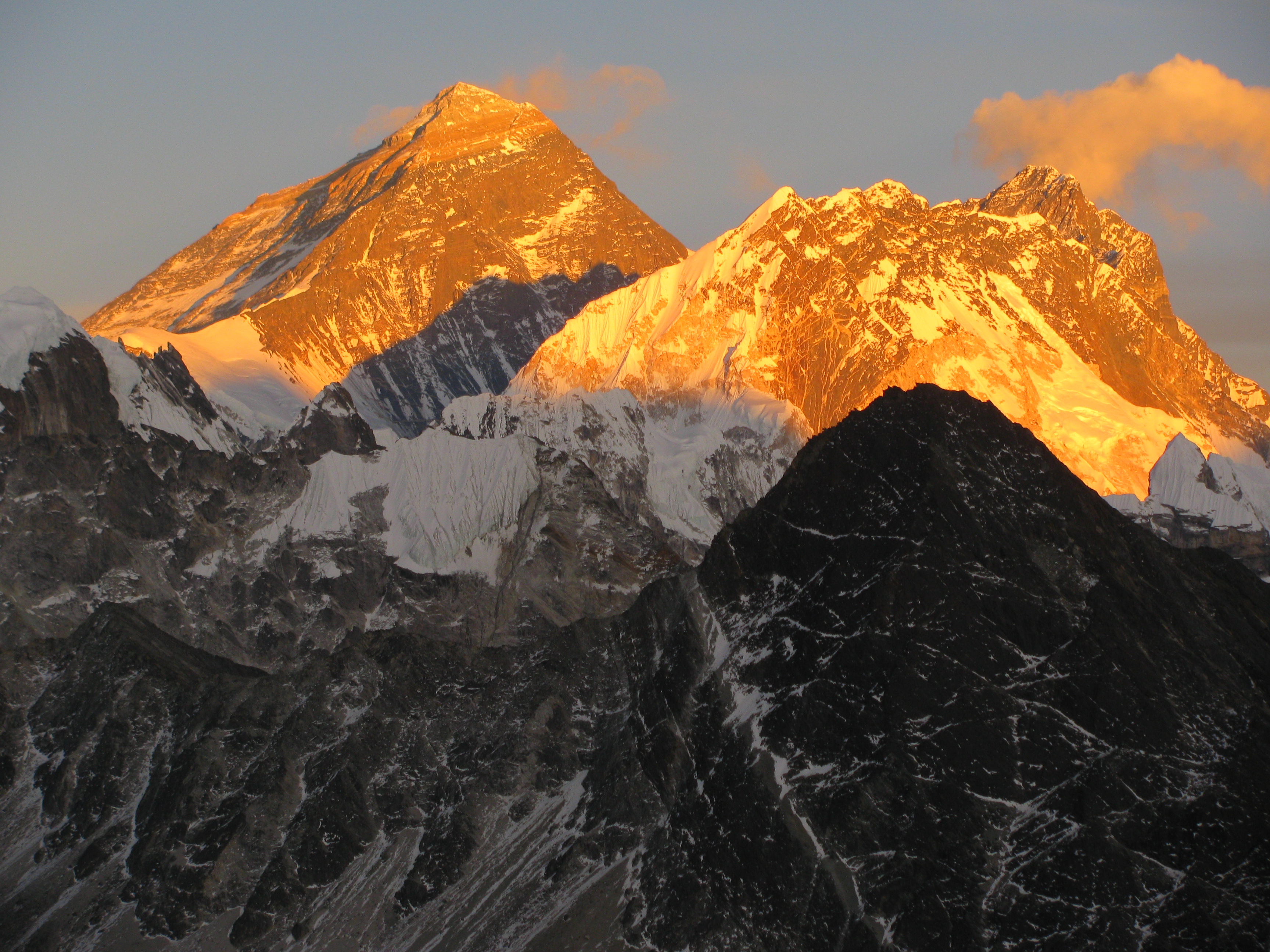To jump over centuriesPeople, poets, and philosophers have long imagined clouds traveling over the landscape, including the noted Sanskrit poet Kālidāsa. Meghadūta, Sanskrit for cloud messenger, is a lyrical poem written by Kālidāsa in 375 CE.
In one step is impossible.
Jump too high or far,
You’ll be way too late.
― Dejan Stojanović
 |
 |
 |
Kālidāsa's poem portrays demigod Yakṣha who has been condemned by his master for neglecting his duties and exiled from his home in the Himalaya mountains. Yaksha wishes to comfort his wife. He entreats a passing cloud to carry a message to her. Yakṣha describes the glorious sights that will be revealed to the cloud as it travels back to the Himalayas where his wife awaits his return. In this stanza, Yaksha recounts a mountain stream personified as a loving woman:
The neighboring mountain stream that gliding grantsFor Ptolemy (AD 100 – c. 170), clouds and stars pass to and fro overhead much to his sensory delight.
A glimpse of charms in whirling eddies pursed,
While noisy swans accompany her dance
Like a tinkling zone, will slake thy loving thirst--
A woman always tells her love in gestures first.
I know that I am mortal by nature, and ephemeral; but when I trace at my pleasure the windings to and fro of the heavenly bodies I no longer touch the earth with my feet: I stand in the presence of Zeus himself and take my fill of ambrosia
― Claudius Ptolemy
REFERENCES
- Almagest, by Claudius Ptolemy, AD 150.
- Circling: 1978-1987, by Dejan Stojanović.
- Cloud Messenger, by Kālidāsa, 375 CE.







.jpg)





